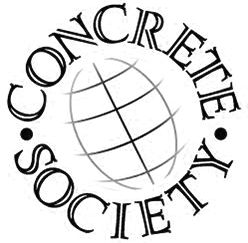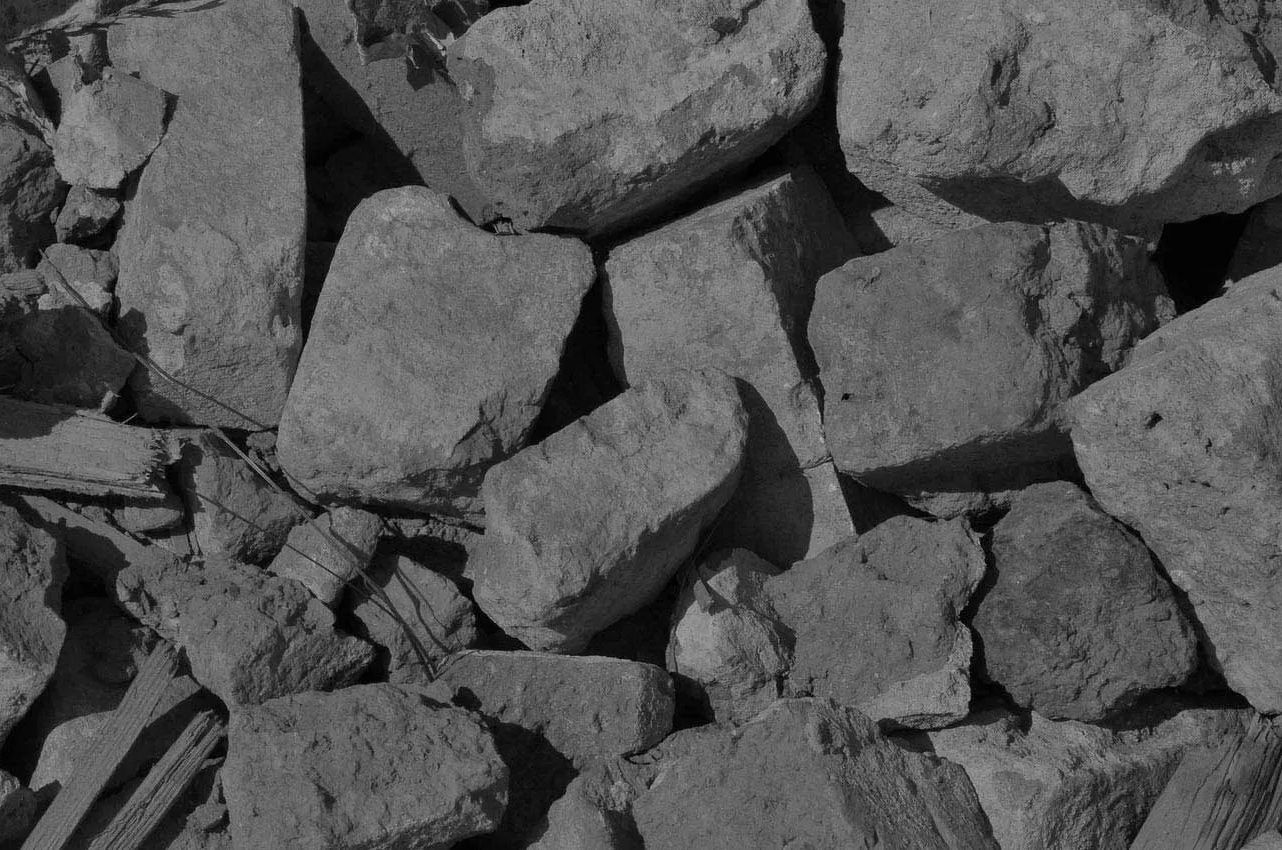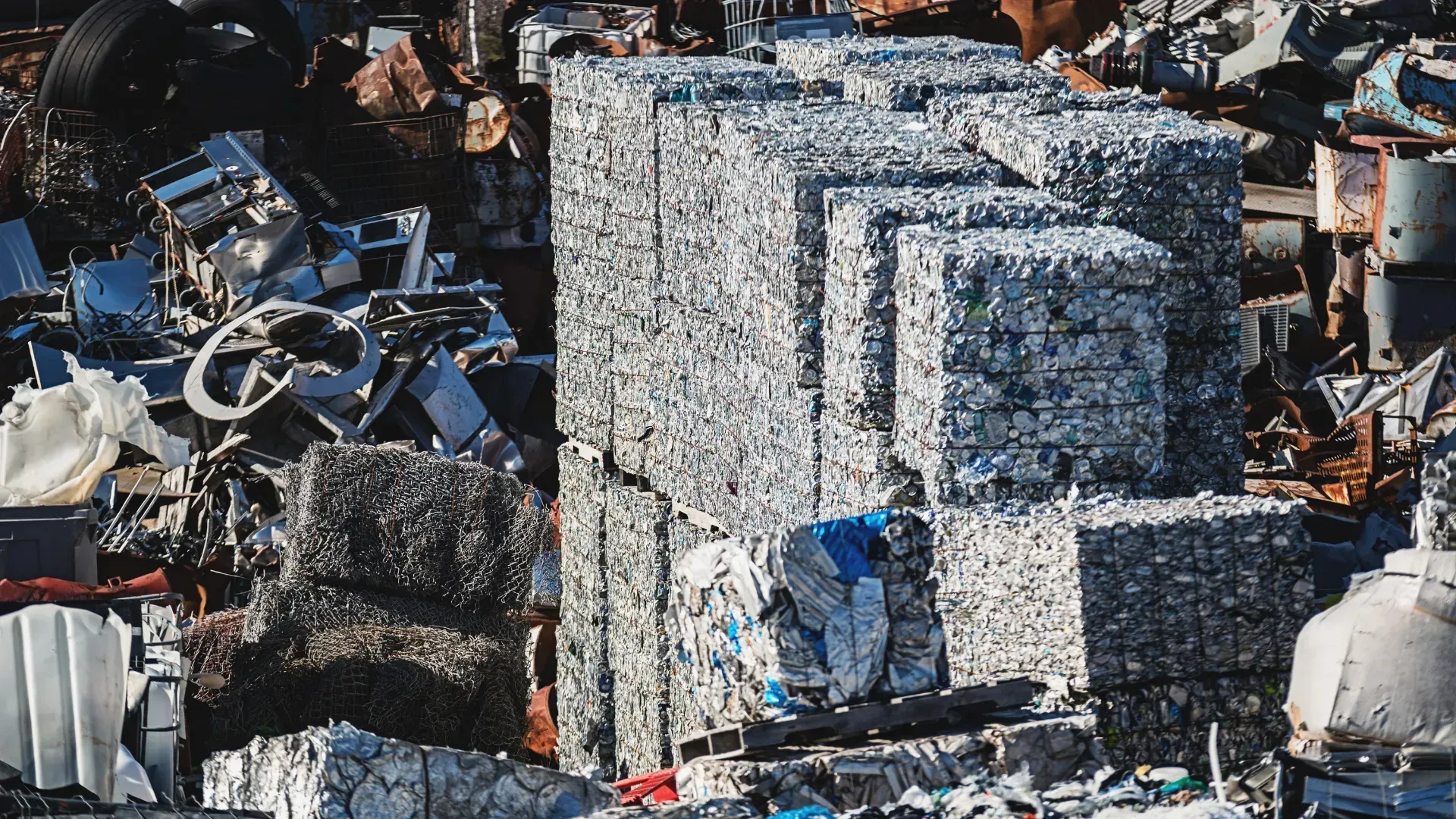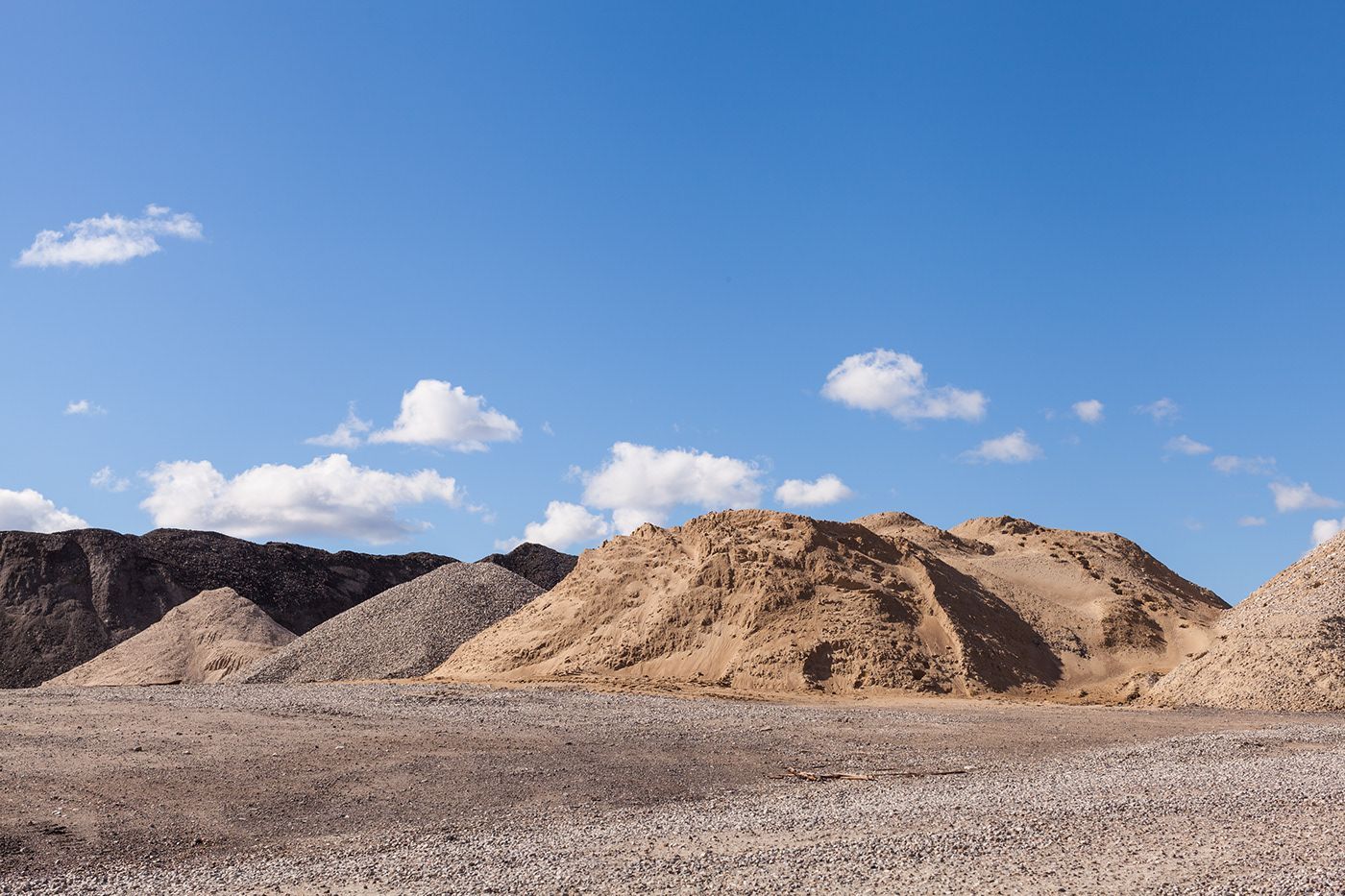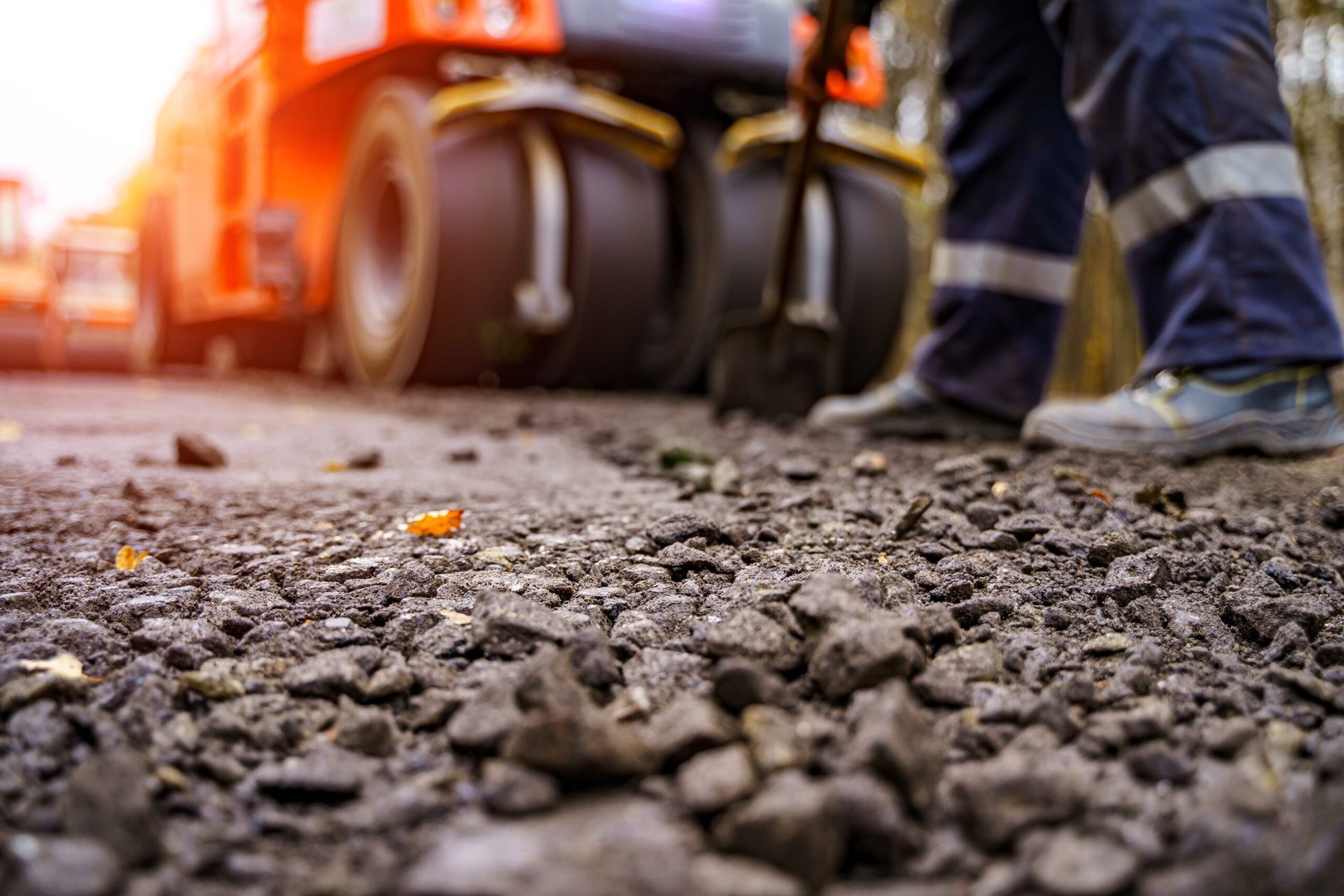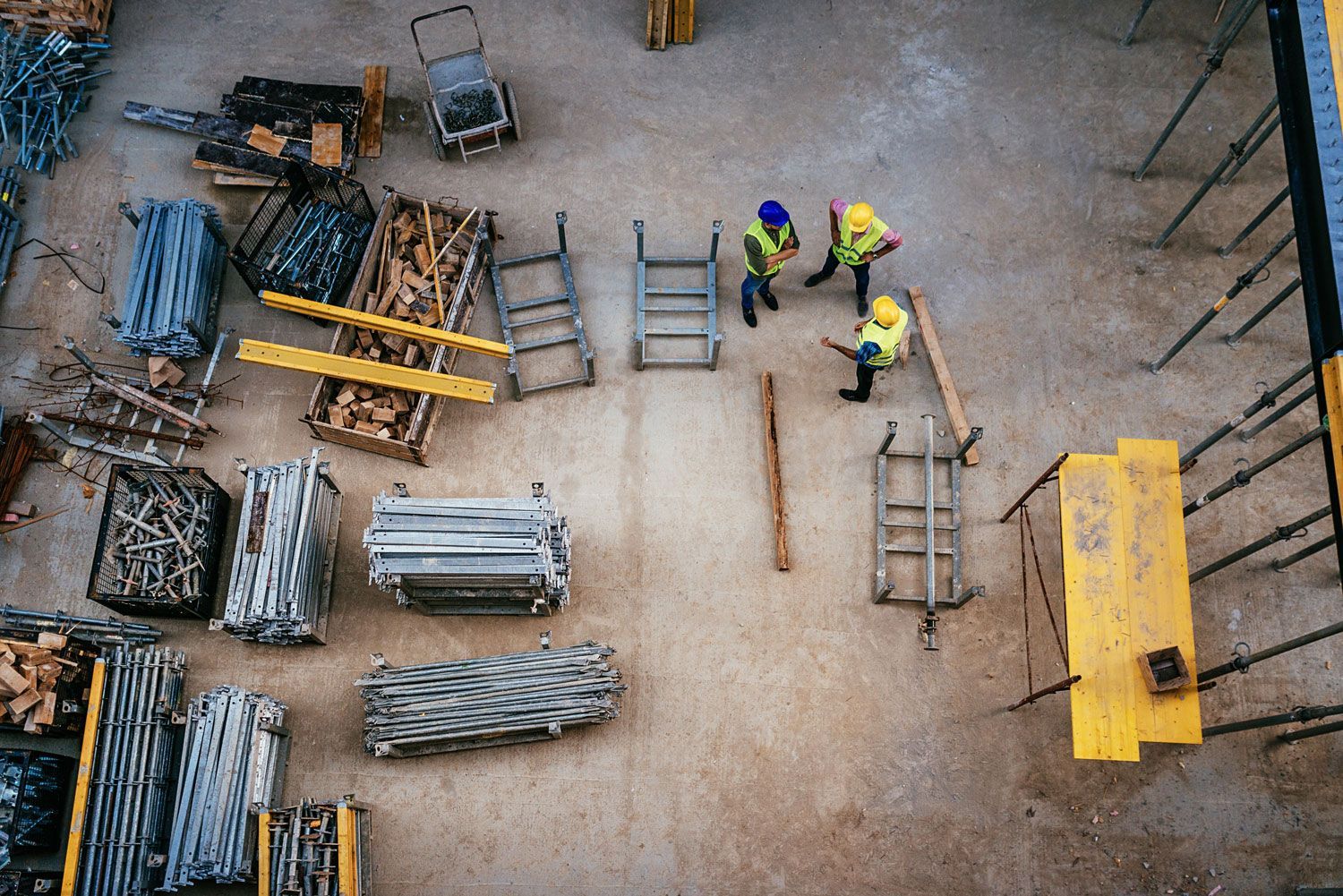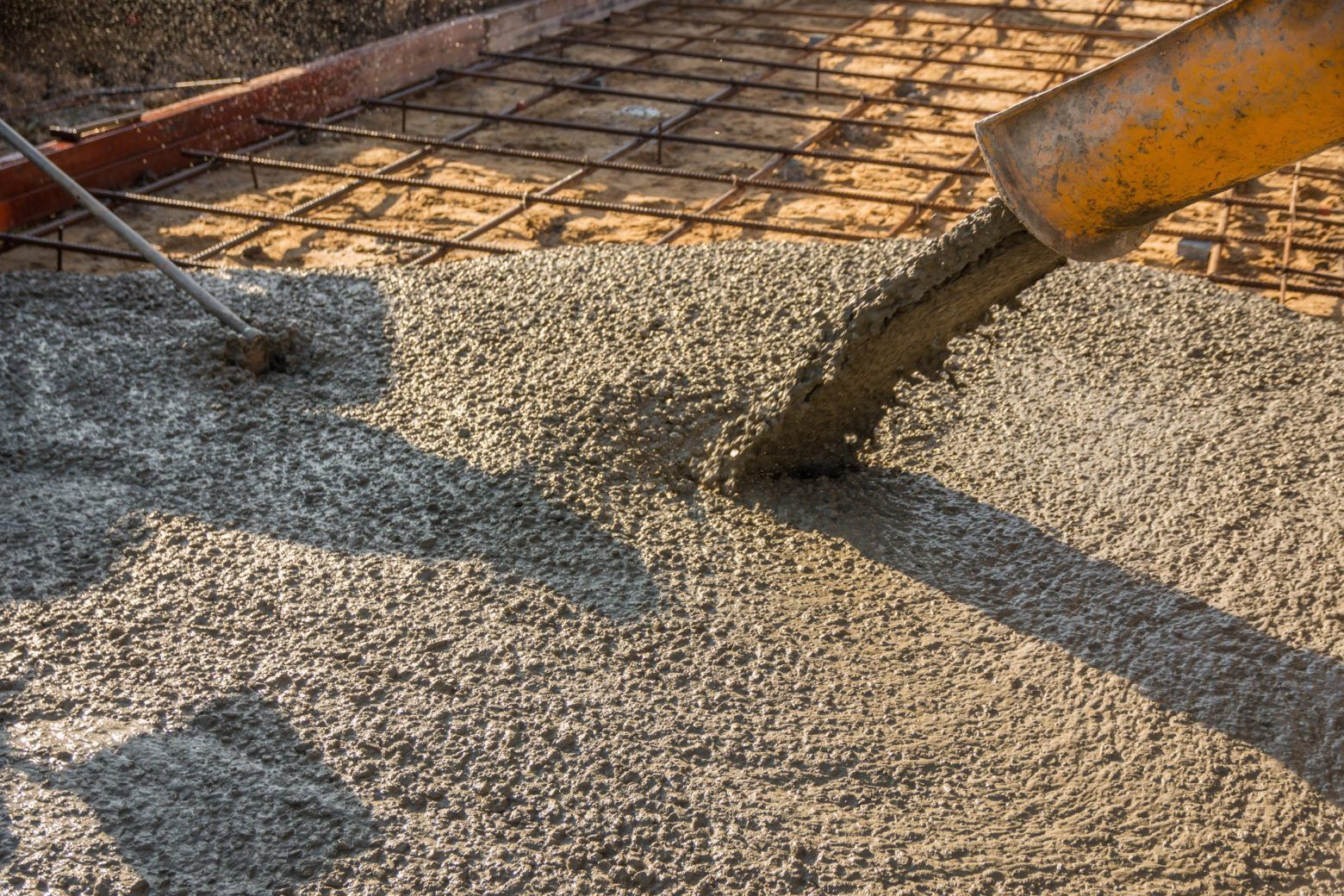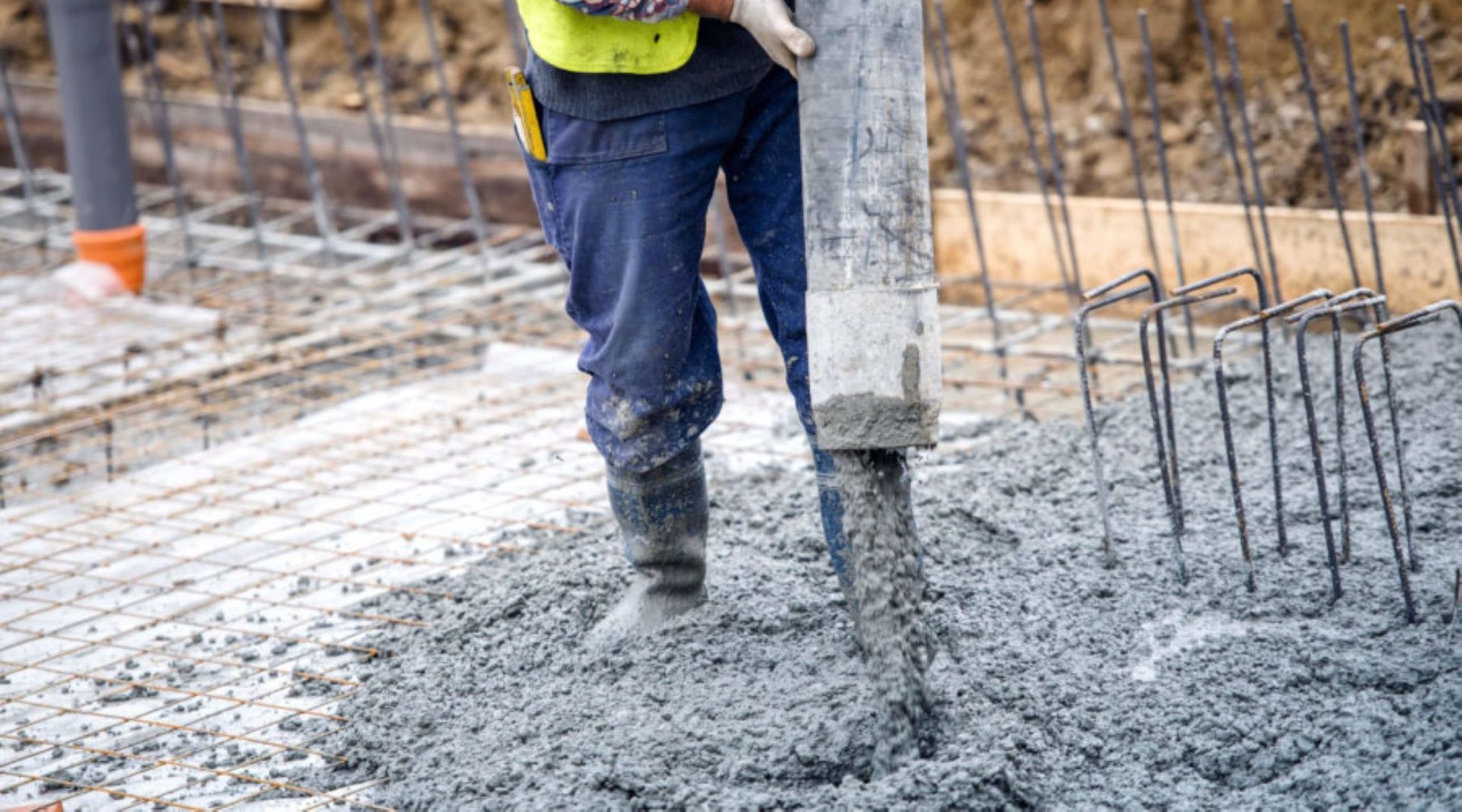The Science Behind Concrete: Understanding its Strength
There is no question that concrete is one of the most important materials in the modern world and without it, many of our most famous buildings would not exist. While this may seem hard to believe, the origins of concrete actually date back as far as the Greek Empire and the Romans also used it to create buildings like the Coliseum. Though nowadays the material is used to strengthen large structures such as skyscrapers and without it, these buildings would simply be impossible to construct. So, how is concrete made and what is the science behind it? Find out in this blog.
Why do we need concrete?
Concrete is one of the most used materials in the world and, as we have discussed, we need concrete in order to build many of our most significant buildings. So, why is this? Essentially this all comes down to a key stage in the construction process. The foundations. This part of the building helps to strengthen the structure and without it tall high-rise buildings would collapse. These foundations are made using concrete and there is no better material in the world for the job. Foundations come in many shapes and sizes but the principal and materials often remain the same.
What is concrete made from?
While many believe that concrete is made from largely synthetic items it is, in fact, made largely from completely natural elements. When you mix these items together with the right ratio and quantity you will create concrete. It is the right quantity of these materials that create the strength of concrete so those who work with concrete must get this stage completely right. Essentially the four elements that make up concrete are aggregates, water, cement and air. All of these materials bring a specific quality to the finished product which is essential for creating strength. So, what is it that these elements do?
Aggregates
Aggregates refers to sand and gravel and this makes up 60 to 70 percent of a cement mix. Essentially these elements create the strength of the mix as the sand and gravel have a fair amount of mass. Without this, the mix would be far less structurally sound and buildings could become unstable.
Water
Water makes up 15 to 20 percent of the overall mix and its job is to make cement a workable liquid. Without this concrete would be almost impossible to work with and this would create huge logistical issues.
If you would like any advice on concrete then feel free to
contact us today. Here at WM Thompson & Sons Ltd we have many years of experience in the industry and can answer any of your questions about recycled concrete.





